Dehydrating beef jerky requires drying the meat slowly at just the right temperature to achieve the ideal texture – tender yet slightly chewy. Getting the temperature right is key to avoiding jerky that is overly dry and tough or under-dried and prone to spoiling. Through testing, 160°F has proven to be the magic number for dehydrating foolproof beef jerky.
Why 160°F Is The Best Temperature
Heating jerky to an internal temperature of 160°F as it dehydrates accomplishes several important things:
-
It ensures any potentially harmful bacteria are killed. Ground beef should reach 160°F for safety and whole cuts like for jerky should reach 145°F per USDA. Going to 160°F provides an extra margin of safety.
-
The moderate 160°F heat slowly dries the meat, removing moisture gradually so it stays tender and doesn’t get tough.
-
Temperatures above 160°F tend to dry the meat too quickly, making it brittle and overly dry
-
Below 160°F may not fully dry the jerky, leaving moisture that allows bacteria to continue growing
So by holding a steady 160°F temperature as moisture slowly evaporates, you get the perfect chewy yet tender jerky texture.
Tips For Dehydrating At 160°F
Follow these tips for success dehydrating jerky at 160°F:
-
Set your dehydrator or oven to 160°F before starting.
-
Expect meat 1/4 inch thick to take around 5 hours to fully dehydrate. Thicker cuts take longer.
-
Check for doneness after 4 hours. Jerky should bend and crack but not snap when folded.
-
Rotate trays and flip all strips halfway through for even drying.
-
Prevent overlap so air contacts all surfaces.
-
An instant read thermometer should register 160°F when inserted into jerky to confirm full dehydration.
-
Consider finishing in a 275°F oven for 10 minutes to remove any residual moisture.
-
Always let jerky cool completely before storage so heat doesn’t increase spoilage.
The Best Practices For Dehydrating Beef Jerky
Follow proper preparation, marinating, and storage methods along with dehydrating at 160°F and you will be rewarded with irresistibly flavored, tender and chewy homemade beef jerky. Paying close attention to holding that ideal 160°F temperature is the key to perfection.
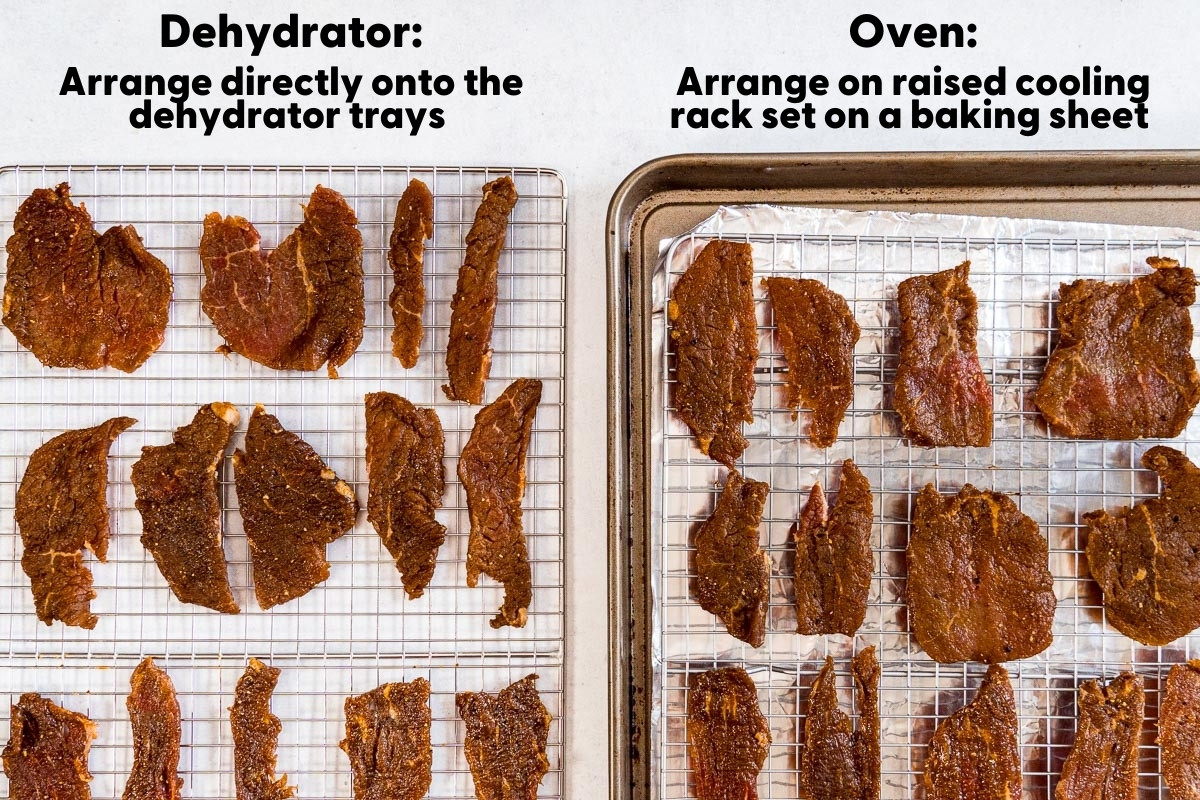
️ How to tell when it’s finished drying
Step 9 – Make sure you check your beef jerky throughout the drying process to avoid over drying. The jerky will be done when it bends and cracks but does not break in half. You will also see white fibers within the meat. If its done, let it sit on the rack and cool for a couple hours.
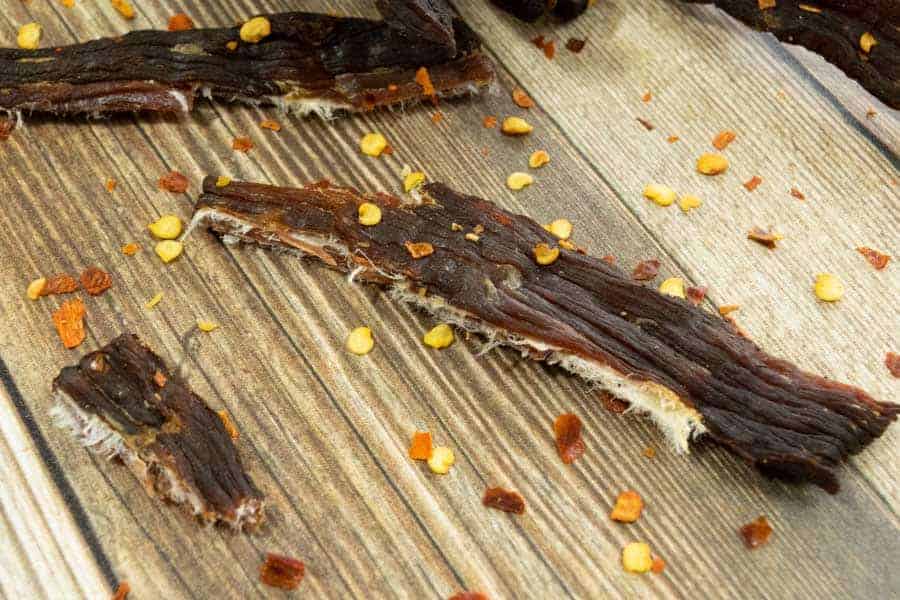
Step 10 – Now its time to either store the beef jerky in ziplock bags, vacuum sealed bags, glass jars, or my favorite; your stomach! Beef jerky will stay good for 7-10 days if kept in ziplock bags. For longer storage, using vacuum sealed bags will allow the jerky to last 1-2 months. Please visit my page on storing beef jerky for further information.
Thats it! Those are the 10 easy to follow steps when learning how to make beef jerky at home.
The Excalibur Dehydrator is my favorite. There are others that will work great as well. Check out this post where I have tested and reviewed the top selling dehydrators for jerky.
No. Using an Oven or Smoker is another great way to make jerky.
Right here on Jerkyholic, we have over 100 great tasting recipes and marinades for making all types of jerky.
How to slice the meat
Step 2 – Trim off the fat cap and other visible fat from the meat. Fat will make meat spoil faster, so removing as much fat as possible now will extend the shelf life of your finished beef jerky.
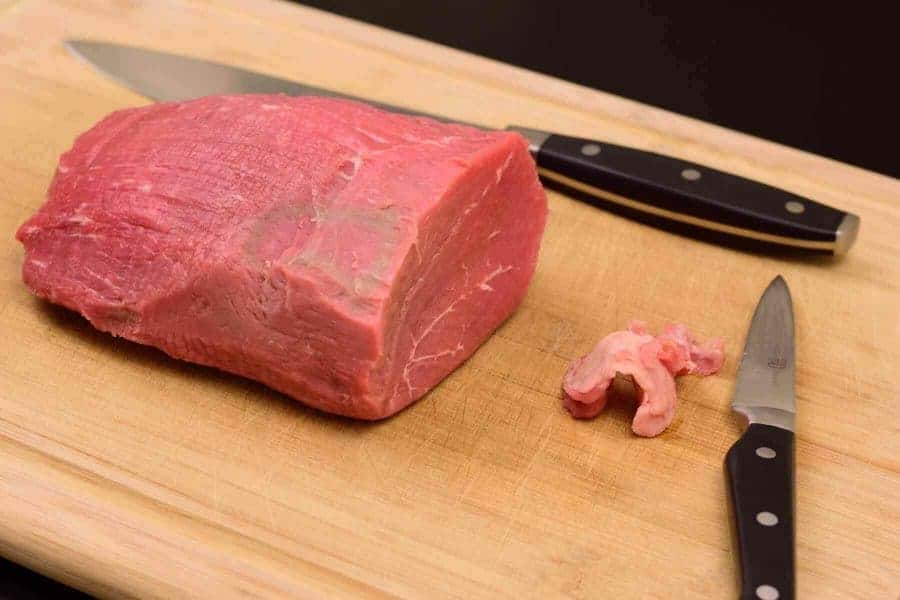
Step 3 – Place the beef in the freezer for 1-2 hours to partially freeze for easier uniform slices. Your meat should be hard to the touch but not fully frozen.
This is one of the most important steps when learning how to make beef jerky. Slice the meat against the grain of the meat around ⅛”-¼” thick for an easier chew or with the grain for a more chewier beef jerky.
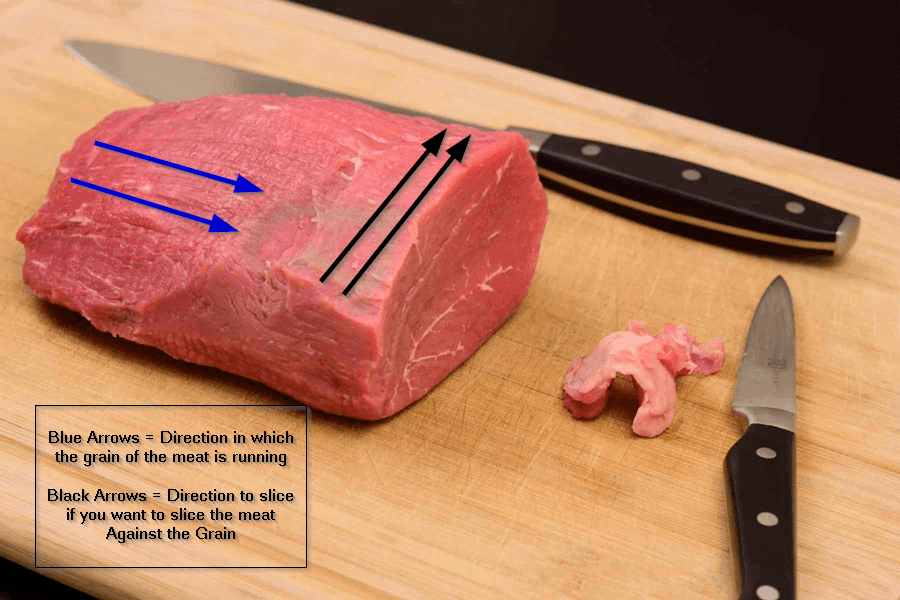
The way you slice the meat has a big impact on the final texture and whether you will have a tough or soft beef jerky. If you need more information on slicing meat, visit my slicing meat for beef jerky page.
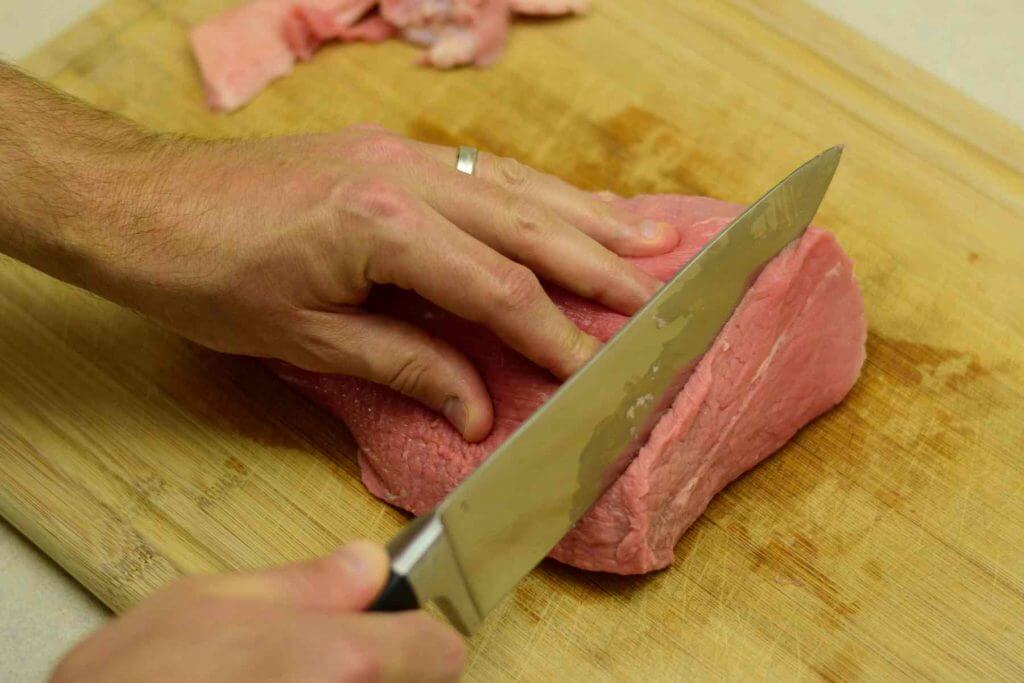
You can also skip the freezing stage and slice your jerky using a jerky slicer. I use a Weston Jerky Slicer. It makes sure all your strips are the same width which allows them to dry evenly. Having a slicer is great when making a lot of beef jerky, if you are only making small batches every once in a while it is not as important.
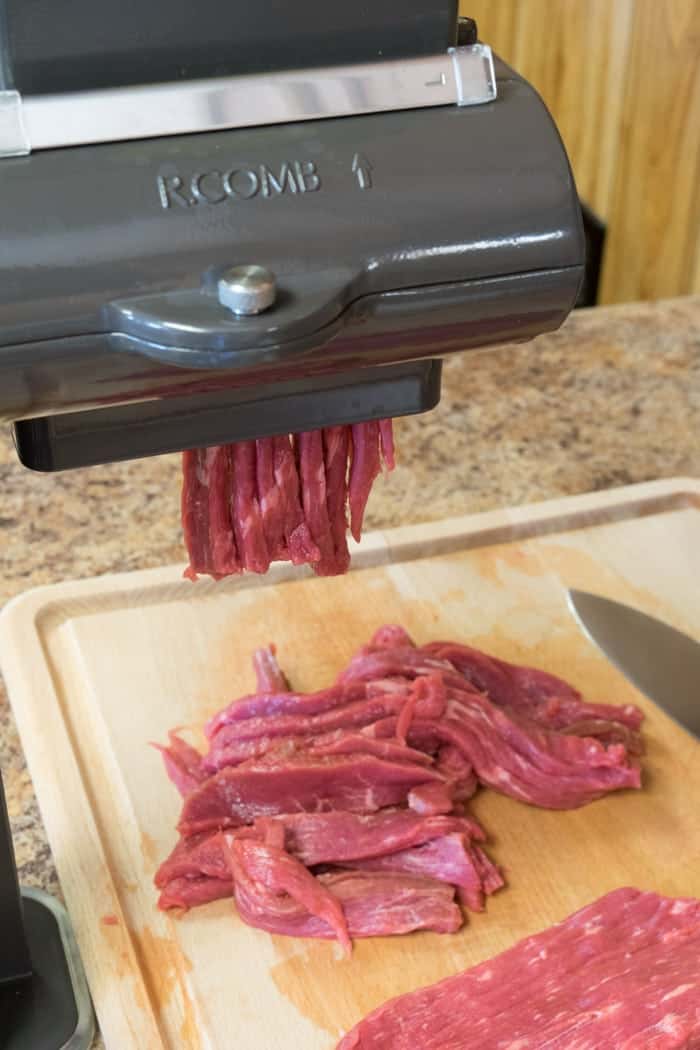
How to Make Beef Jerky with a DEHYDRATOR
FAQ
What temperature and how long do you dehydrate beef jerky?
-
People’s Choice Beef Jerkyhttps://peopleschoicebeefjerky.comMake Beef Jerky in a Dehydrator [Step-by-Step Guide]Apr 5, 2023 — Remove the meat from the marinade. Let the marinade drop off and lightly pat with paper towels to remove excess marinade without wiping the meat clea…
-
Allrecipeshttps://www.allrecipes.comDoc’s Best Beef Jerky Recipe – AllrecipesNov 12, 2023 — Dry the beef in a dehydrator set to the highest setting for about 4 hours, or until the jerky is done to your liking. … Place steak in the freezer…
-
Quorahttps://www.quora.comWhat temperature should jerky be dehydrated at? – QuoraMar 24, 2020 — * Michael Trost. Former Retired Australian Teacher, 40 Year career. Author has. · 5y. I can dehydrate my beef at anywhere between 50 to 70 degrees …
-
USDA Food Safety and Inspection Servicehttps://www.fsis.usda.govJerky and Food Safety | Food Safety and Inspection Service
Can you dehydrate jerky at 120 degrees?
The majority of dehydrators will recommend a temperature range of 160°F to 165°F (70°C to 74°C) for beef jerky. This range ensures not only the thorough drying of the meat but also addresses the primary safety concern: eliminating harmful bacteria.
Is 200 too hot for jerky?
You could go up to 200°F and probably be OK but any hotter and you run the risk of overly charring your jerky.Apr 13, 2022
How long to dehydrate jerky at 135?
He simply marinates his beef jerky in Dale’s Steak Seasoning and Sriracha and dehydrates the meat for 8 hours at 135 degrees. The beauty of this dehydrator is that you can set it and forget about it. There’s no babysitting needed!
